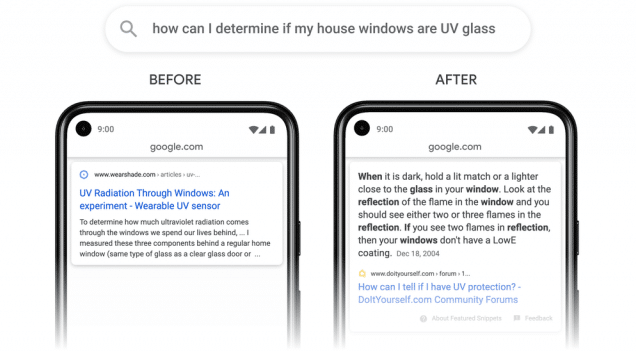Today we are going to talk about Google passage indexing or paragraph indexing. Recently Google has announced that it will show paragraphs of a webpage in the search results. In simple words, now Google will show a paragraph of a post or page if the paragraph contains the right keyword.
To know paragraph indexing, it is necessary to know how the normal indexing work. Whenever Googlebot visits any webpage, it downloads HTML, CSSS, and other assets of that webpage. After that, it renders that page and checks it. Once it renders the page, it analyzes the page, index it, and gives it a rank. We all know that a webpage appears in the search result when relevant to the searched term or keyword.

So what is new in this passage indexing or ranking?
Well, when Googlebot downloads and analyzes a webpage, it gives a score to the page. But the score gets affected by lots of factors such as numbers and types of outbound links, inbound links, images, broken links, and overall user experience. It is also possible that the webpage may not be visible in the SERPs even it fulfills all the criteria due to several reasons.
But after implementation of passage indexing or paragraph indexing, Google will remember the paragraph of your webpage. It means if a paragraph of your webpage answers the user’s query, Google will show that paragraph in the search results, even the webpage doesn’t fulfill all the criteria of ranking.
Should I avoid writing long articles?
No, you can write as much content as you want but try to summarize it in one paragraph. Make sure that the paragraph contains the keyword and related keywords of your topic. I will suggest you create a bullet point section when your keyword is related to the “how-to” type. This new update may show a paragraph, but it is impossible without indexing the whole web page.
